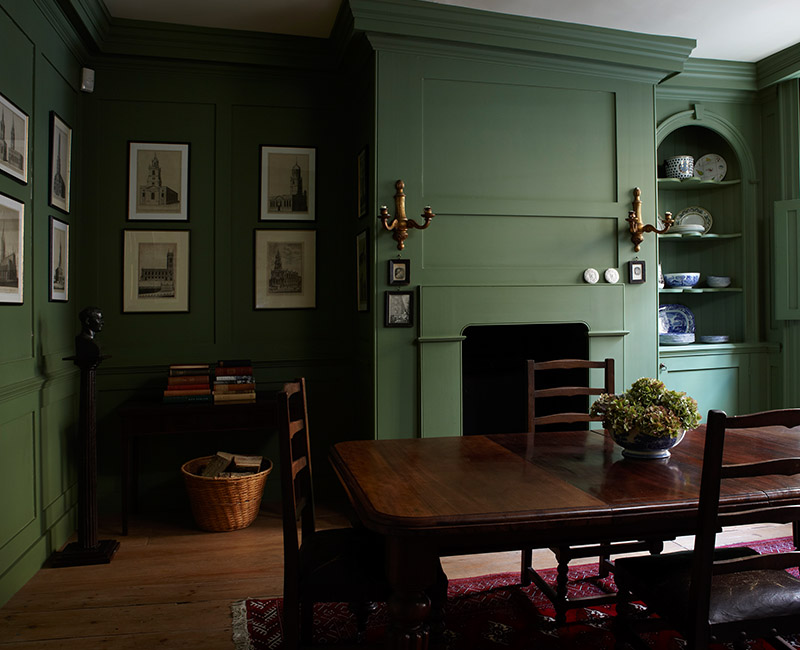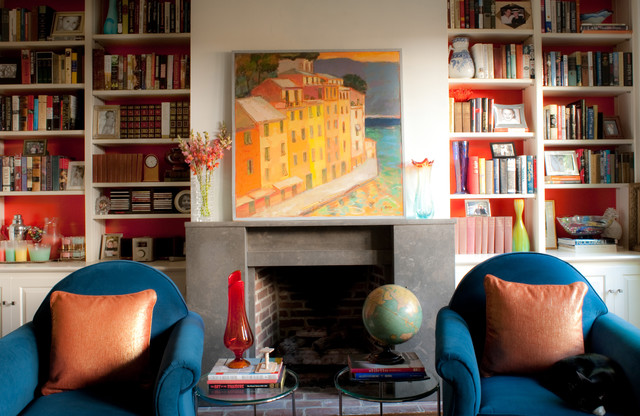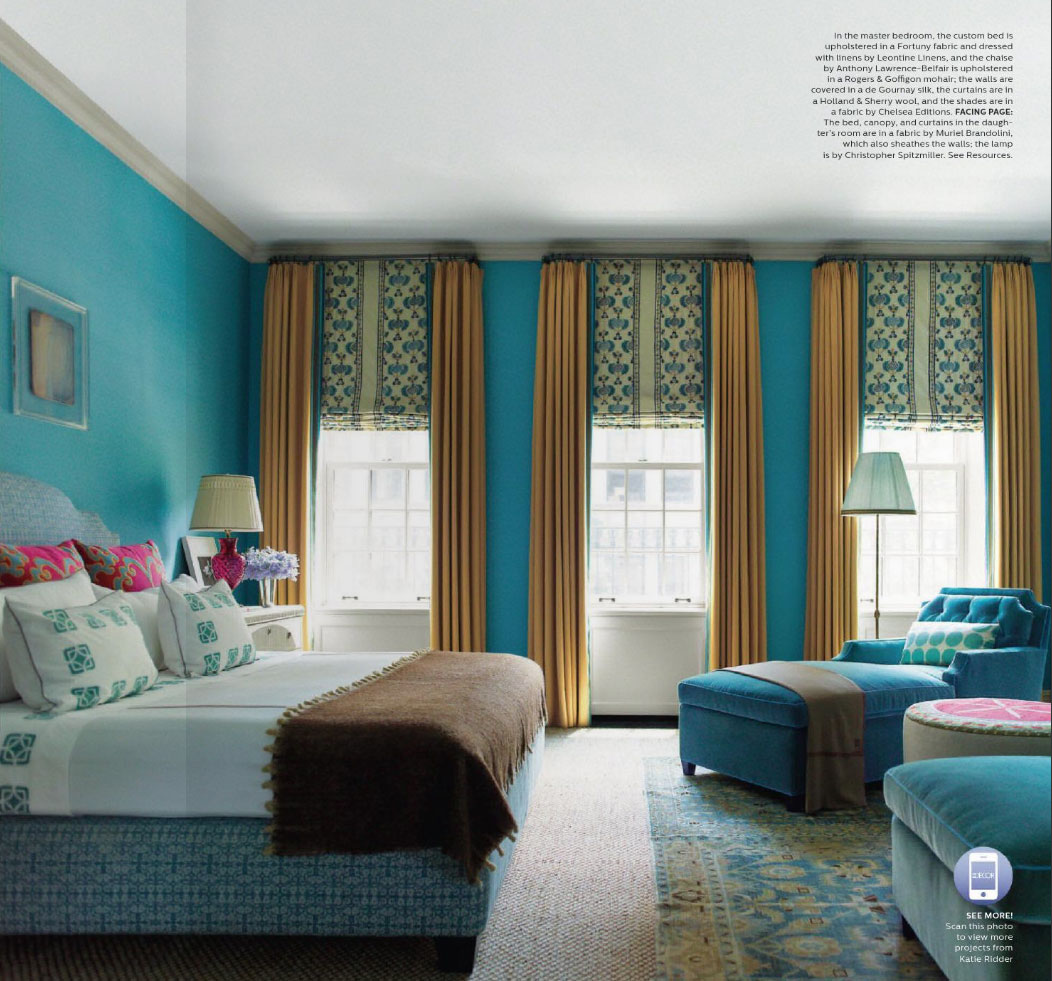Georgian Decorating in Farrow & Ball Calke Green
No.34 is used for this elegant Georgian Dining Room (1714 – 1830). The Georgian era is often referred to as The Age of Elegance. The most important element in Georgian Interiors is perfect proportion alongside… Georgian Decorating in Farrow & Ball Calke Green


